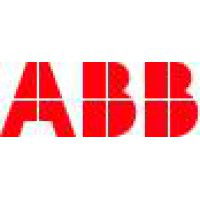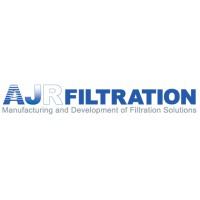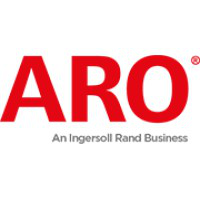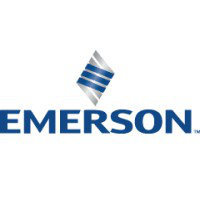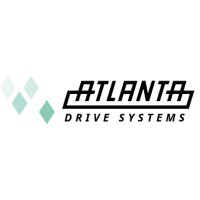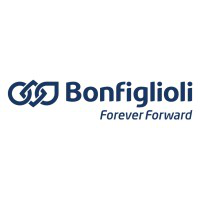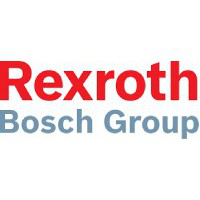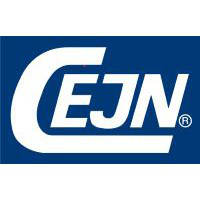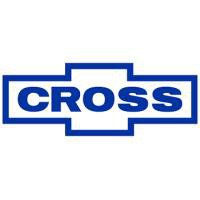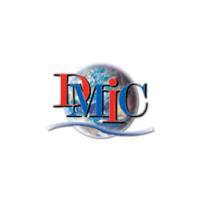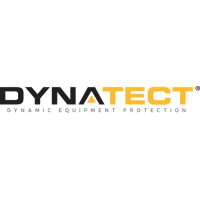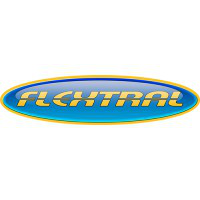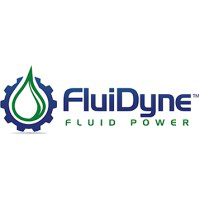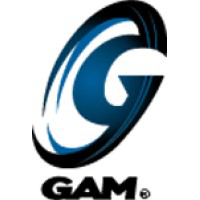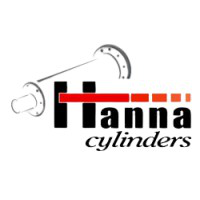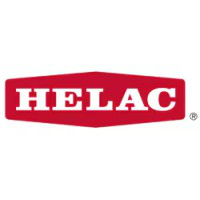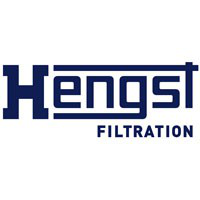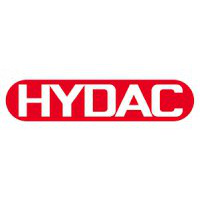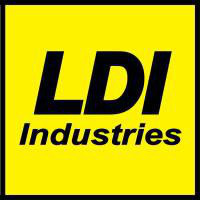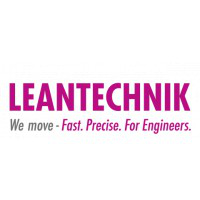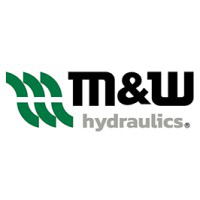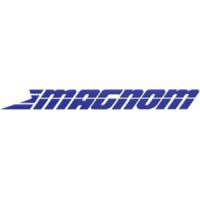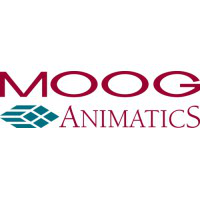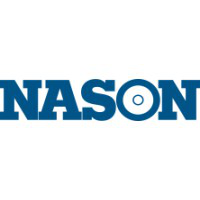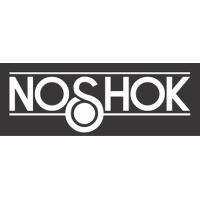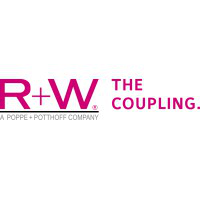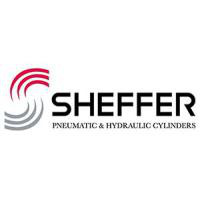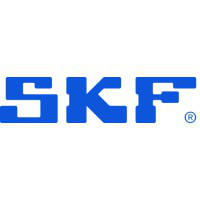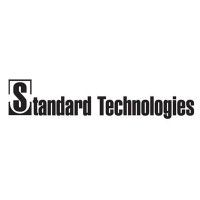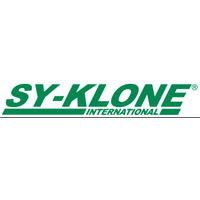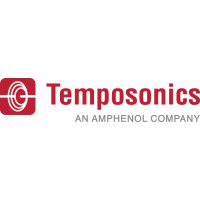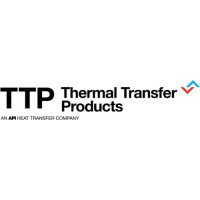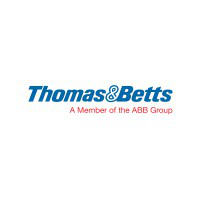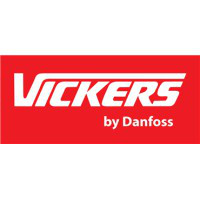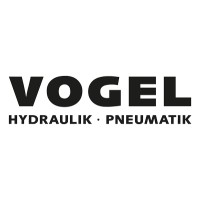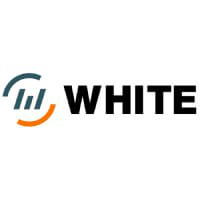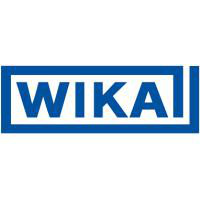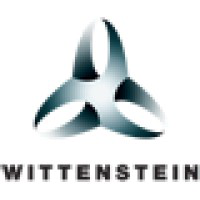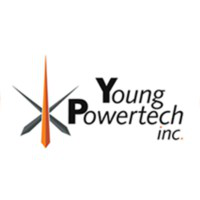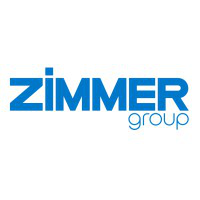IndraMotion MLC for Hydraulics Enables Patented Welding Process For 50% Less Cost
Taylor-Winfield Technologies Launches New Flash Welding Innovation with Rexroth Motion Control for Hydraulics
Challenge: Develop a welding solution for joining advanced high-strength steel that is scalable, precise, affordable and can be adapted to various applications
Our Solution:
IndraMotion MLC motion logic controller
IndraControl VPP human machine interface (HMI)
Rexroth 4WRPH proportional directional valve
Rexroth external hydraulic gear pump
Results:
Precision to meet welding curve requiring micrometer positioning within millisecond time frame
50% machine cost savings using one controller
Easy setup of profiles
Flexibility to accommodate third-party data acquisition systems such as LabView
Easy integration of motion logic controller with hydraulic power units
IndraMotion MLC for hydraulics enables patented welding process for 50% less cost
Welding is a key industrial operation where technological innovations have been improving productivity and quality. That’s especially true for a technique known as flash-butt welding, which uses electrical resistance to heat the ends of two metal pieces that are forged together into continuous coils, wheel rims, rods, band saw blades, and other shapes requiring seamless joints at parent metal strength. Older machines use manual cams to move pieces together at the right velocity. Today’s advanced high-strength steel (AHSS) products, however, need much greater accuracy and controlled timing—down to a few milliseconds and thousandths of an inch. One solution is to replace the cams with electric servo drives and use multiple PLCs to control the process, but that can result in a machine that is too expensive to be widely adapted. Taylor-Winfield Technologies, Inc. (www.taylor-winfield.com), a welding and metal joining technology innovator in Youngstown, Ohio, devised another approach—use just one single Rexroth IndraMotion MLC L45 motion logic controller with Rexroth hydraulic drives. This solution moves the work pieces together with precise accuracy and timing, can be adapted to various applications and is more affordable than other options for joining AHSS steel.
There’s a growing need for flash-butt welding in aerospace, automotive, appliance, and other industries requiring seamless joints in products made from high-strength metals. In these applications, the ends of the metal pieces must be moved together very precisely to create a solid, homogeneous joint. Taylor-Winfield's solution uses one Rexroth IndraMotion motion controller to operate a proportional Rexroth hydraulic servo valve in a closed-loop automation system in combination with its patented “Forced Freeze” welding process.
Creating a flash welding innovation with Rexroth automation
Flash-butt welding is a two-stage process. The first stage is the ‘flashing’ phase, in which electrical current is applied to two work pieces separated by a small gap. As the two pieces are brought together, electricity arcs across the interface and the temperature at the ends reaches anywhere from 600 to 900 degrees Fahrenheit, depending on the material being joined.
At the required temperature, the second stage known as the ‘upset’ phase, begins. The two work pieces are pushed together using a moving and stationary platen with enough force to cause the ends to forge together. This action ‘upsets’ the material, meaning that excess material and impurities are forced out of the top and bottom of the joint and subsequently removed by trimming to reach parent metal thickness.
Because the process removes irregularities and impurities, flash-butt welding can successfully join a wide variety of materials: narrow and thick shapes, wide and thin metal sheets, and ferrous and nonferrous materials.
But to make a successful weld, the moving platen and electrical current of the two work pieces must be precisely controlled. In early machines, the distance between the two work pieces was manually controlled. The operator would dial in the proper current, and then a cam would control the speed of the moving platen and draw the pieces together to start the flashing phase.
But a cam process cannot deliver the precise timing and speeds required to join today’s AHSS metals. It takes automation to precisely move the pieces together at exactly the right speed and temperature to create a strong, homogeneous weld. Taylor-Winfield uses the Rexroth MLC L45 motion logic controller to automate the process. A welding curve that depicts the logarithmic relationship between the two pieces in terms of time and position is loaded into the controller (see Figure 1). The overall weld schedule lasts from 2 to 30 seconds depending on the material. But during the flash phase, the position of the mobile work piece accelerates dramatically to generate forces up to 1,000,000 pounds per square inch to forge the pieces together.
Taylor-Winfield implemented a closed control loop in which the IndraMotion MLC controller gets position signals from a transducer. Then the controller initiates a position change by activating the Rexroth hydraulic power unit. A Rexroth 4WRPH proportional directional valve activates a linear positioning cylinder that moves the platen containing the mobile work piece toward the stationary work piece.
Precision in milliseconds and micrometers
Depending on the material, the pieces begin with a quarter-inch gap between them. A critical part of the process occurs when the pieces are just a few micrometers apart. The entire process is broken down to milliseconds. The work pieces accelerate to generate the forces needed to forge them together. In flash welding, you want smooth acceleration of the moving platen. You don’t want the moving platen to freeze in position. However, with its Forced Freeze welding process Taylor-Winfield purposefully linearly advance the moving platen during the flashing cycle. The pieces are offset, for example, 50 micrometers apart for two milliseconds. During that offset time, the joule heating goes through the roof, similar to when the standard freeze occurs—that’s why its called a forced freeze. Then the platen movement resumes into the upset phase of the welding cycle to complete the process. The additional heating dramatically improves the weld quality.
The operator can use the Rexroth touchscreen IndraControl VPP 40 human machine interface (HMI) to select the proper weld schedule and modify the weld curve for the particular material.
Taylor-Winfield worked with Rexroth distributor Hydrotech, Inc., (www.hydrotech.com), in Cincinnati, Ohio, to develop the event-driven motion control profile for the controller. The MLC controller is loaded with Flex Profile, a motion programming platform from Bosch Rexroth that adapts segment-based cam technology to simplify the task of defining motion segments for electronic and hydraulic motion control tasks.
Programming is exactly the same for hydraulics or servo-drives, which is one of the unique features of using the IndraMotion MLC. The Flex Profile function in the MLC controller provides an object definition that lets Hydrotech translate the traditional cam-based model and their associated cam tables to a schedule-based event-driven model. Hydrotech worked with Bosch Rexroth hydraulics experts to create a motion profile for the hydraulics used in Taylor-Winfield's Forced Freeze process.
Taylor-Winfield was pleased with the integration of the IndraMotion MLC for hydraulics platform with Rexroth hydraulic components, a package that was able to achieve the required accuracy and precision. The Forced Freeze flash welding process can be implemented on new machines and can be added to existing flash welding machines as a controls upgrade. Additionally, with the use of hydraulics, the solution can be scaled to any size application without adjusting the controller. This method, with advanced Rexroth motion control technology and hydraulics, will enable new levels of precision for the flash welding industry that can be customized to a variety of applications.
Hydrotech's Automation Solutions
Automation increases efficiency and profitability exponentially. But it takes specialized knowhow to make it happen. Hydrotech is unmatched in automation expertise.
Learn MoreConnect With Our team To Learn More
Hydrotech’s experienced team is ready to help your business innovate using the latest technology.
Learn MoreWe Support The World’s Leading Manufacturers
The Hydrotech Difference
No Gaps. No Games. No Guesswork.
Your success is our mission! At Hydrotech, we drive innovation with precision-engineered solutions that eliminate uncertainty, empowering you to lead with confidence. Our team combines expertise in fluid power, automation, service & repair, and connected technologies to deliver exactly what your operation needs. With a commitment to the highest standards and partnerships with leading global brands, we’re here to ensure Nothing Can Stop You Now.

